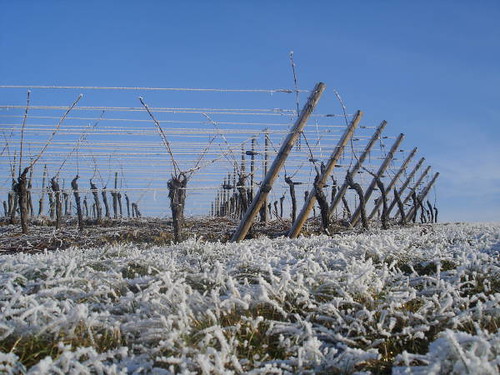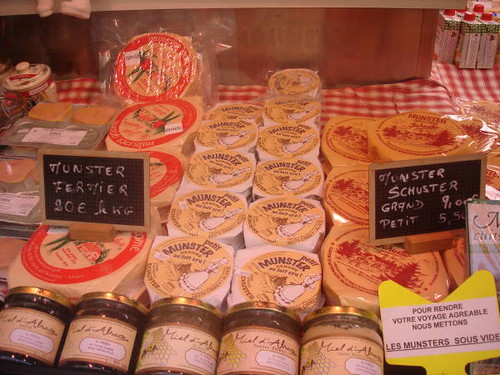You can view the original thread here.
http://www.mcguitars.com.au/forum/viewt ... sc&start=0
Firstly Graham Commented
Then Kim Responded
There are two schools of thought on this (as on most aspects of instrument building). The other takes the approach the locking the end of the X brace in under the linings, even a little bit, helps in preventing the end of the X brace popping loose at sometime in the future. Certainly you want flexibility around the edges, but there are structural considerations as well. I prefer to add a couple of notches a mm or so deep in the lower bout as a bit of extra insurance.
cheers
graham
Grahams reply
Graham,
I have done a reasonable amount of repair work over the years and I can say in all honest that I have only ever had to re-glue a popped brace that was not inlet when it had been left too thick on the ends and, in my opinion, anything over 1/32" is too thick.
I have found that if the brace ends are scalloped down to paper thin, they wont normally pop upon impact to the top. Instead, the thin ends will flex with the stress of an impact and act like a shock absorber if you will. I would imagine that this flexing, even minute, would considerably reduce the load on the glue joint.
On the other hand, I have had to re-glue a number of braces that were inlet into the linings. Not only is this a bear of a job, but the noise of a guitar with a loose brace buzzing in it's rebate is unbearable. A popped brace on a guitar that does not have the braces inlet remains playable, even if a little quieter in one frequency or the other.
Anyhow, to each his own. Smile
Oh, must add, great work as always Allen Cool
Cheers
Kim
Kim againI agree entirely that the lower ends of the X braces should be feathered down to a mm or so at the ends, or even to nothing by the outside of the body. I just think it is sensible to lock those ends under the linings. I was stimulated to throw in my comments as I have a friend's Maton here at the moment on which I have had to reglue one of the X braces on the lower bout. It is a well used guitar and has had some 'interesting' repair work done on it previously. Like a Western red Cedar bridge plate. Still trying to work out the logic of that one!
cheers
graham
Craig's comment
Funny you should mention the Maton Graham, I have had to do a few X brace re-glues on them in the lower bout and I think the reason they are/were susceptible is that they leave/left the ends too thick like is said above. I have seen them an 1/8" even on a double X and at the upper bot end where they were allegedly tucked into the linings, I have seen a rebated to a depth of 3/16 where the brace has been trimmed to just 1/16th"?? Rolling Eyes
Anyhow, my post above was not meant to question you or your methods my friend. I seen what you can do and man you have your chops and are a very skilled craftsman who has my complete respect. I was just pointing out what I have observed in a few repair situations and my thoughts about why it was happening.
And Allen, with the quality of work your putting out mate I would not be hiding in any corners either, that's dancing on the roof top material you got going there mate and I am yet to see a short coming of any kind.
Cheers all
Kim
Firstly , Happy New Year everyone !
I'll quote this from one of my Piano Building text books ( Wolfenden ), regarding hot glue and braces.
" The most important thing to observe is that the ends should not be made so thin as that the moisture of the air in damp places can easily penetrate to affect the glue ; 1/8th to 3/16 in. is a usual and fairly safe thickness " end Quote
A coat of shellac (may) help thin brace ends stay put. Makes good sense to me. Pianos soundboards are coated both sides B.T.W.
Just thought this may be something some of you guys may want to consider ,especially those feathering brace ends to nothing, and using hot glue. I'm like Graham , and like that little bit of security. so, let the ends in .If the ends are down to about a mm. I can't see them hindering the sound board a whole lot.
Cheers everyone , Craig







